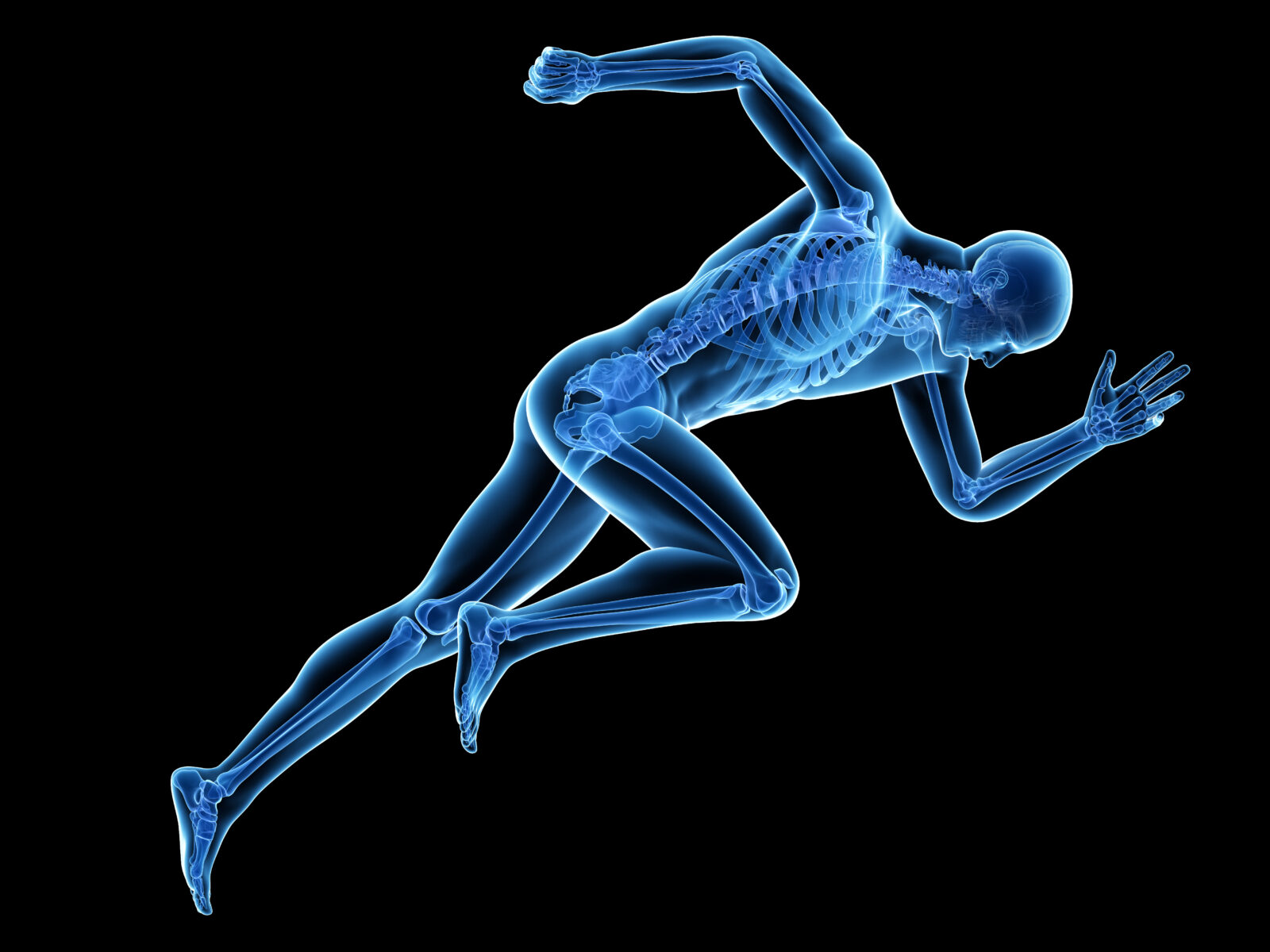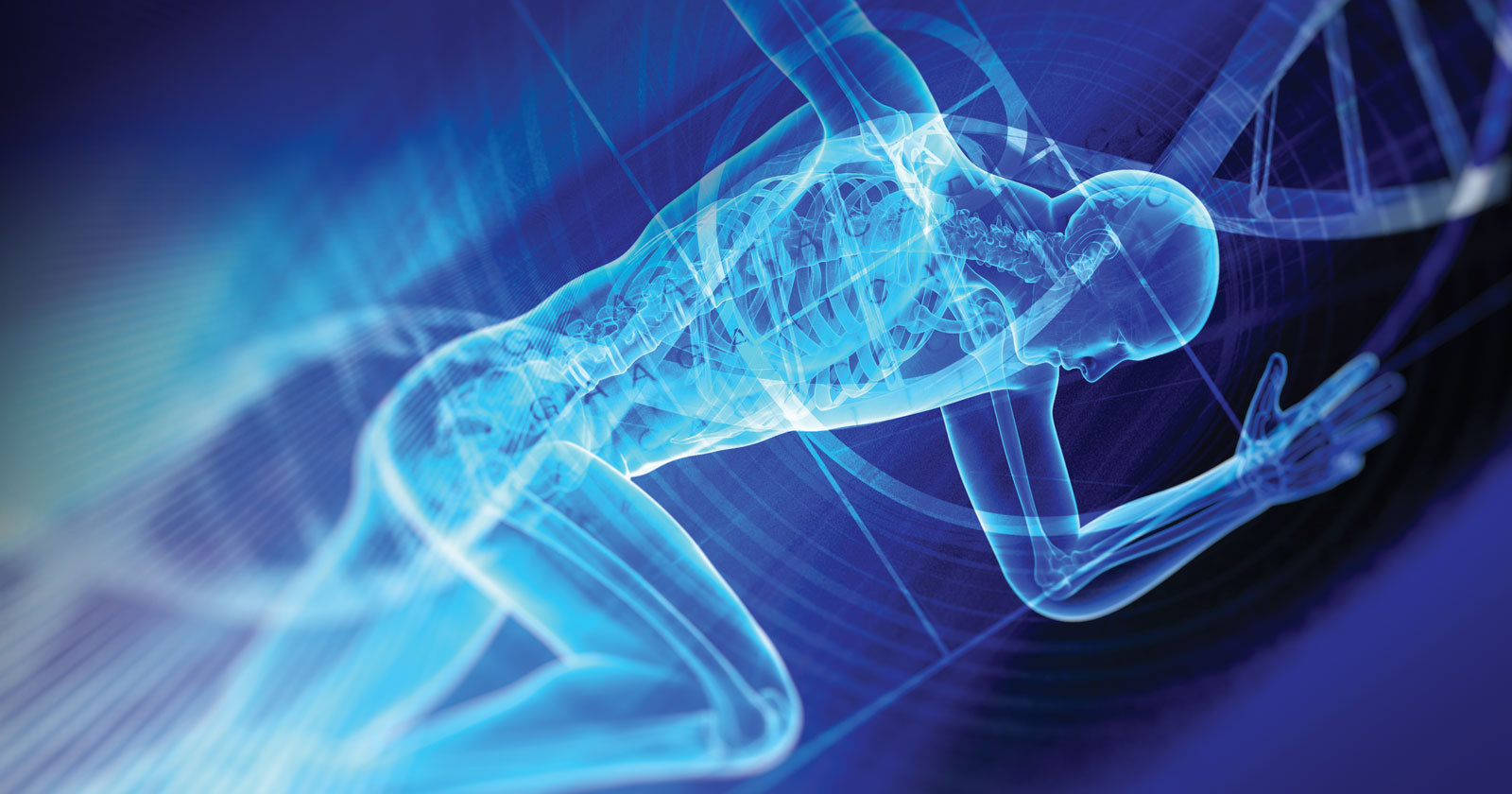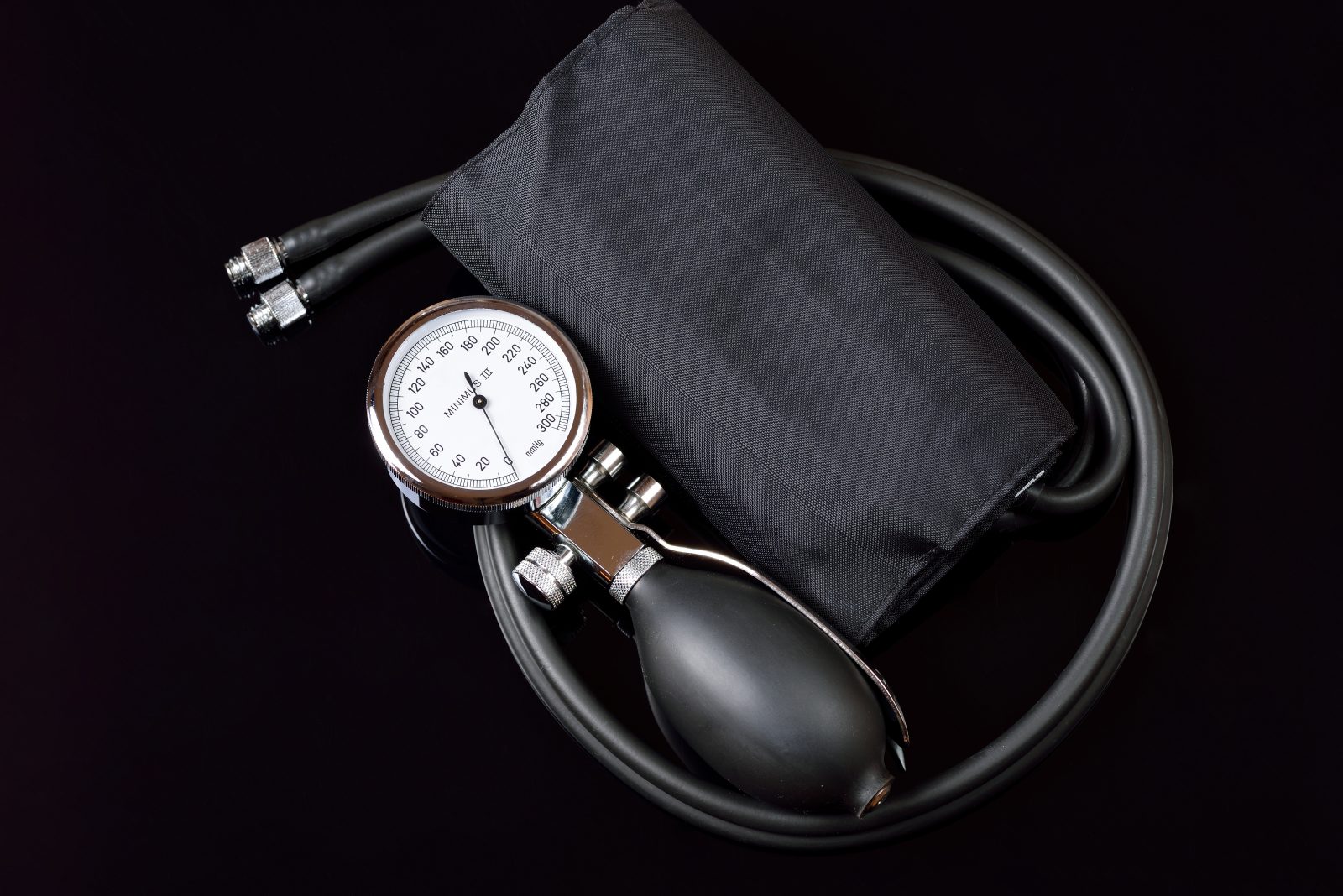


How We Balance Water and Sodium to Maintain Life

The Human Body As a Marvel of Engineering

A Physician’s Fantastic Voyage through Your Designed Body
On today’s ID the Future Your Designed Body author and physician Howard Glicksman takes a deep dive with Philosophy for the People podcast host Pat Flynn into Glicksman’s new book, co-authored with systems engineer Steve Laufmann. As Glicksman puts it, he and Laufmann look not just at how the human body looks but at what it actually takes for it to work and not die, and what this implies for evolutionary theory. Begin by piling up the layers of complexity in the human body—the layer upon layer of complex interdependent systems. Then ask hard questions about whether any blind and gradual evolutionary process could have kept our evolutionary ancestors alive at every generational stage as all this was gradually engineered by countless random mutations over millions of generations, beginning with the first single-celled organisms billions of years ago. Once one faces those hard questions without retreating to vague just-so stories about nature needing vision (or hearing or any number of other bodily functions) and therefore magically evolving it, at that point Darwinism’s story of gradual and blind evolution collapses. The explanation that is left standing, according to Glicksman, Laufmann, and Your Designed Body: intelligent design. This episode is posted her with the generous permission of Pat Flynn and the Philosophy for the People podcast.

Your Designed Respiratory System: Causal Circularities and Irreducible Complexities
On this ID the Future, Your Designed Body author and physician Howard Glicksman again sits down with host and professor of neurosurgery Michael Egnor to further explore Glicksman’s new book, co-authored with engineer Steve Laufmann. Here Glicksman gives a quick flyover of what they explore in fascinating depth in the book, namely the irreducible complexity of that extraordinary systems of systems that is the human respiratory system. As Glicksman explains, there are individual systems that are irreducibly complex, and these are joined together into a higher-level system of systems that is also irreducibly complex, marked by causal circularities and coherent interdependencies at every turn. Without all of it guided by various highly precise control mechanisms, no life. Darwinian gradualism is powerless to construct such wonders, Glicksman and Laufmann argue. The better explanation, they suggest, is the ingenious engineering of an intelligent designer. Get your copy of the book here.

Your Designed Body: “Irreducible Complexity on Steroids”
On today’s ID the Future, Your Designed Body co-author and physician Howard Glicksman talks with host and neurosurgery professor Michael Egnor about Glicksman’s new book, co-authored with systems engineer Steve Laufmann. Glicksman walks through a series of systems in the human body that are each irreducibly complex, and are each part of larger coherent interdependent systems. As Glicksman puts it, the human body is “irreducible complexity on steroids.” How could blind evolutionary processes, such as neo-Darwinism’s joint mechanism of natural selection working on random genetic mutations, build this bio-engineering marvel? Your Designed Body makes the case that it couldn’t. It’s not even close. What is required instead is foresight, planning, and engineering genius.

Scientists Discover Nanotech for Body’s Blood Pressure Control, Pt. 1
On this ID the Future, physician and Evolution News writer Howard Glicksman discusses an exciting new discovery by researchers at the University of Virginia School of Medicine, described at Science Daily as uncovering “the location of natural blood-pressure barometers inside our bodies that have eluded scientists for more than 60 years.” As the article reports, “The existence of a pressure sensor inside renin cells was first proposed back in 1957. It made sense: The cells had to know when to release renin, a hormone that helps regulate blood pressure. But even though scientists suspected this cellular barometer had to exist, they couldn’t tell what it was and whether it was located in renin cells or surrounding cells.” Dr. Glicksman and host Eric Anderson walk through the discovery and explore how these high-tech blood pressure barometers, known as “baroreceptors,” work. The full paper, with color illustrations of the process, is available here. In the first sentence of the introduction, the authors state, “Renin-expressing cells are essential for survival, perfected throughout evolution to maintain blood pressure (BP) and fluid-electrolyte homeostasis.” How so? They don’t say. The mention of evolution appears to function as mere window dressing.